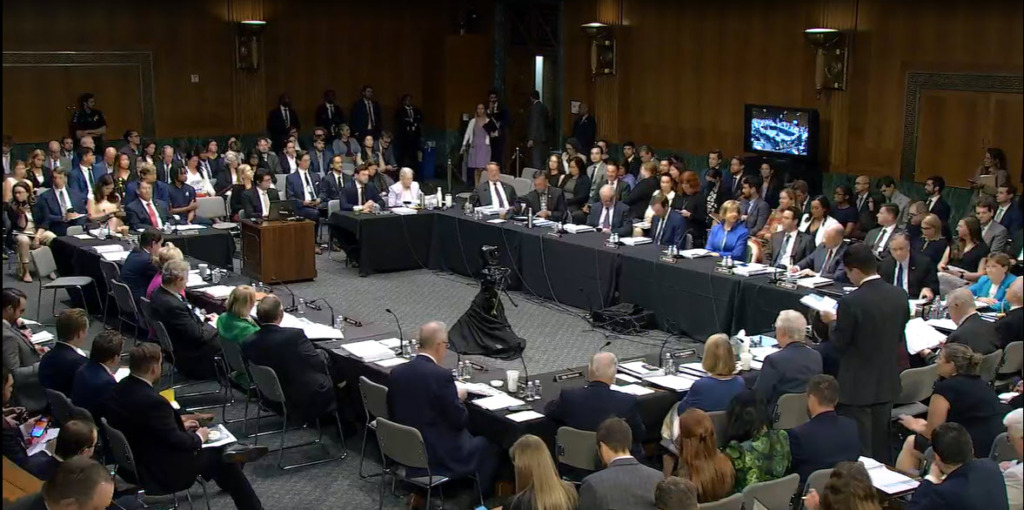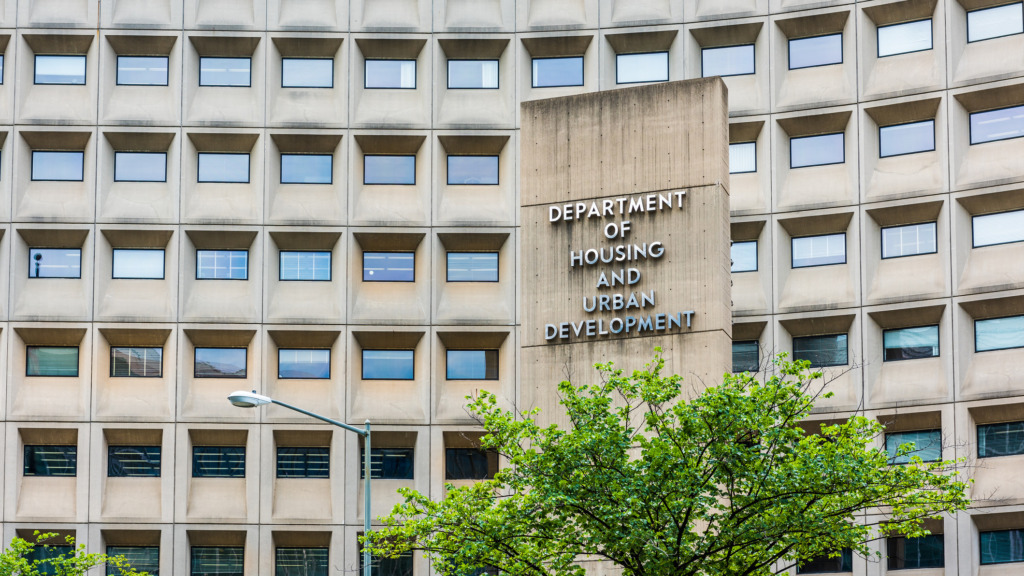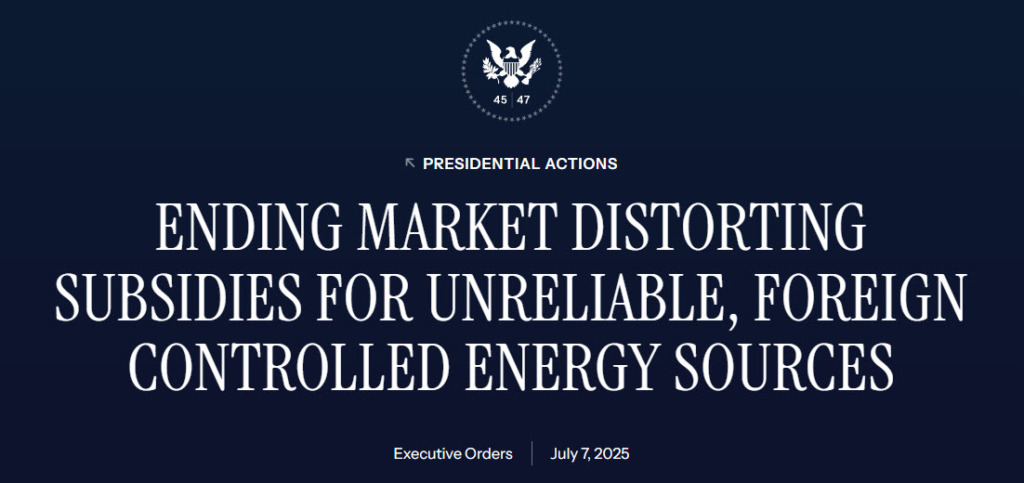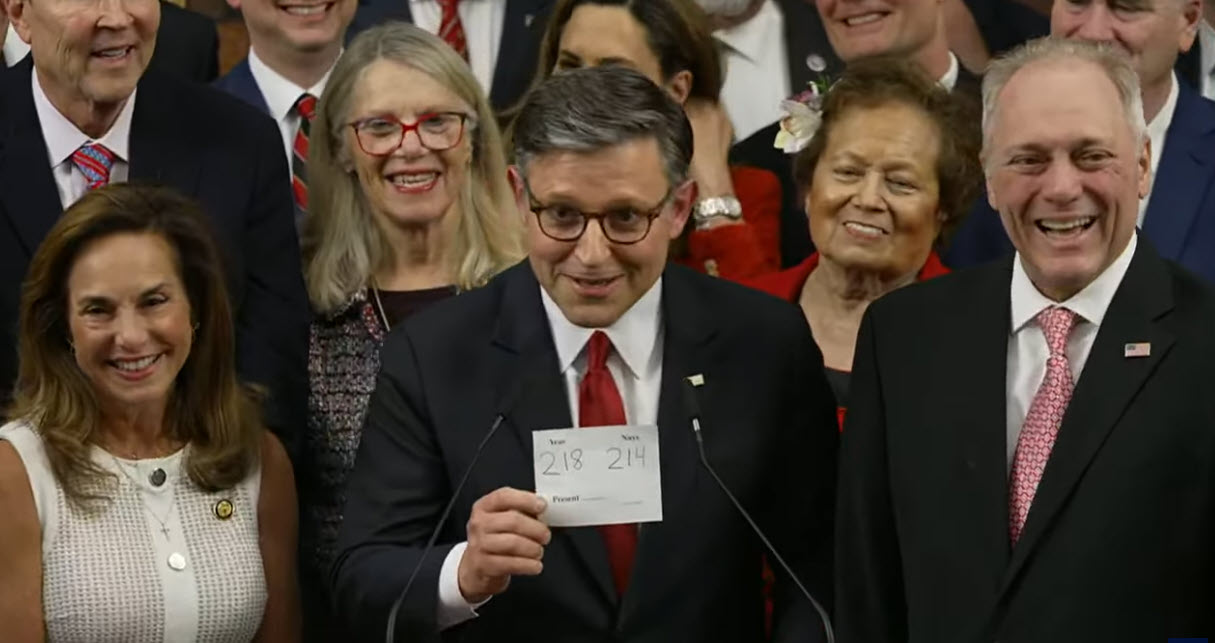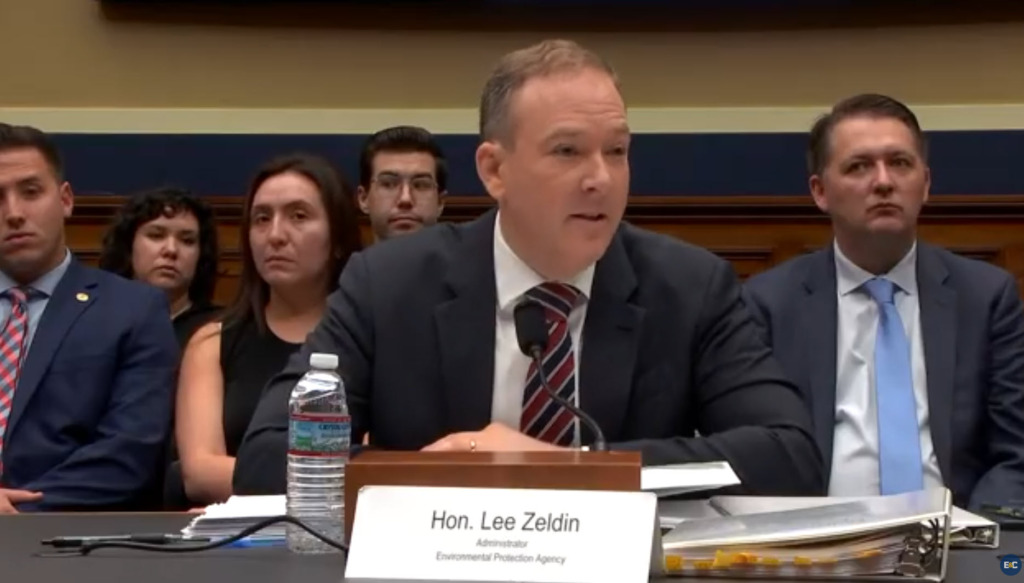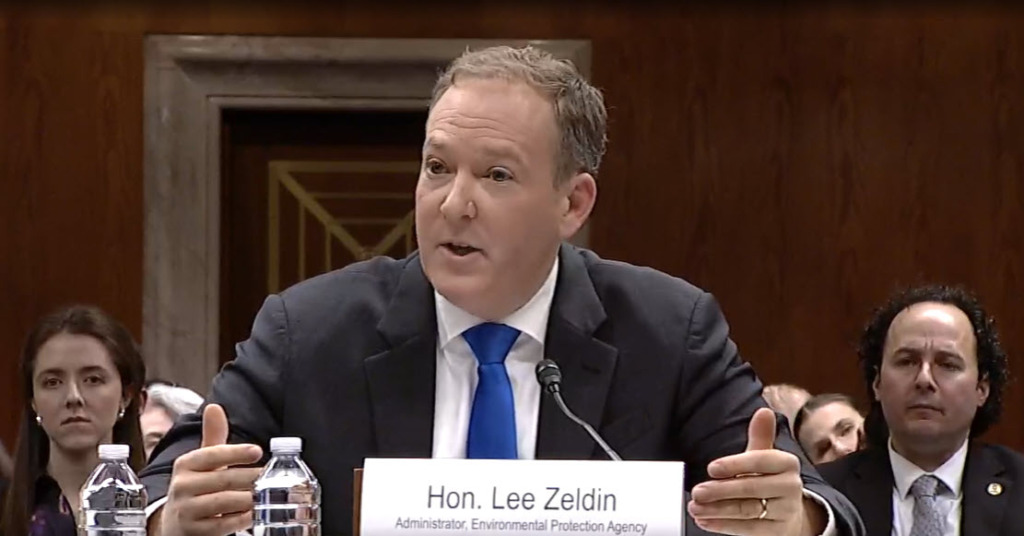
The U.S. Environmental Protection Agency (EPA) released its long-awaited reorganization of various program offices on Monday. It lists ENERGY STAR–the voluntary federal public-private partnership promoting efficiency in buildings and appliances–as falling under the newly structured Office of Radiation and Indoor Air (“ORIA”). (EPA website | E&E News, Nov. 3)
Agency Restructuring
- The new ORIA office, which includes ENERGY STAR, is part of EPA’s ongoing “comprehensive restructuring efforts” and staff reduction plans announced this summer. (EPA press release, July 18)
- For example, EPA reorganized its research office in October–carrying through on Administrator Lee Zeldin’s May testimony to Congress. (E&E News, Oct. 20)
- EPA’s new structure acts on a Feb. 26 memo of the White House Office of Management and Budget (“OMB”) directing all agencies to implement plans to reorganize, streamline, and reduce federal staff. The OMB memo itself stems from the DOGE Executive Order signed by President Donald Trump on Jan. 20.
Industry Advocacy

- In May, Zeldin stated to Congress that EPA was considering whether it might be appropriate to privatize ENERGY STAR. This followed a proposed White House budget to eliminate a now-defunct EPA office that previously housed ENERGY STAR. (Roundtable Weekly, May 9)
- RER and leading real estate organizations responded with letters to EPA (April 4) and the Department of Energy (May 14), highlighting ENERGY STAR’s importance for U.S. buildings and explaining why ENERGY STAR should remain a federal program. (Roundtable Weekly, May 23)
- A multi-industry coalition followed suit. Trade associations representing real estate, product manufacturers, consumer technology, and retailers took the issue to Congress. Their June 6 letter emphasizes that ENERGY STAR is a statutorily required federal program that cannot be privatized. (Roundtable Weekly, June 6)
- These efforts resulted in ENERGY STAR funding approved by House and Senate Appropriations Committees. Both chambers have clearly signaled that ample funds for EPA’s buildings and appliance partnership program are available once the government reopens. (Roundtable Weekly July 25; Sept. 5)
ENERGY STAR Continues During Shutdown
- While EPA’s funding bill for FY ’26 (that started Oct. 1) has yet to pass the full Congress and reach President Trump’s desk, ENERGY STAR has continued to function amid the ongoing shutdown. For example:
- The important Portfolio Manager benchmarking tool remains available.
- The ENERGY STAR registry of certified buildings remains accessible to CRE stakeholders, as well as the world’s largest publicly available data set related to building energy efficiency.
- 164 NextGen buildings have been certified since the summer.
- The open-access federal contracting database shows that the consultant contract to support ENERGY STAR for commercial buildings is paid through at least July 13, 2026.
- While ENERGY STAR finds a place in EPA’s new indoor air office–with Congress prepared to fund it, and the program continuing during the shutdown–EPA’s overall reorganization continues. An agency spokesperson reportedly stated, “No final decision has been made at this time” regarding ENERGY STAR’s long-term status. (New York Times, Nov. 1)
RER and our industry partners will continue to track these events closely. The coalition will advocate for EPA to operate the bipartisan, highly successful ENERGY STAR program robustly and efficiently once the government reopens.




